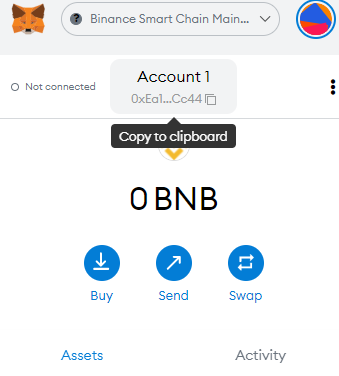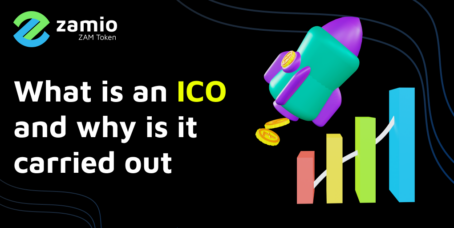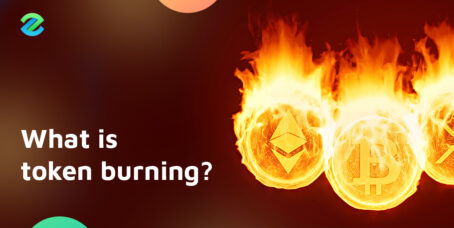Users send and receive crypto to transfer value or settle payments. Sending and receiving crypto is as simple as sending and receiving an email. First, you must have a crypto wallet. You can either download a mobile, web browser, or desktop wallet. Discover the different types of crypto wallets here. Alternatively, if you have a registered account with a centralized crypto exchange such as Binance, you can use your exchange wallet to send and receive crypto. Learn the difference between centralized and decentralized crypto exchanges here.
Table of Contents
How to send crypto
To send crypto from one wallet to another, you need to follow these steps:
- Open your crypto wallet or go to the wallet or asset section if you are using a crypto exchange, such as Binance.
- Click “send” or “withdraw”
- Select the cryptocurrency you would like to send (BTC, ETH USDT etc.)
- Insert the address of the receiving party. You can scan a QR code if available.
- Select the right network. It must match on the receiving and sending end. For example, if the receiver sends you a receiving address on the Tron network, as a sender you must also select the same network. A mismatch in the network will result in a loss of funds.
- Enter the transfer amount and confim.
How to receive crypto
The process of receiving crypto is similar to sending. This time you will need to copy your address and send it to the sender.
If you are using an exchange, go to your wallet section, hit the deposit button, select the type of cryptocurrency and network and copy or share the address with the sender.
If you are using a mobile wallet such as Metamask, you will neither see a deposit nor a receive button. You need to copy your address located at the top or view your account details and share a QR code with the sender. The networks must also match on both ends, otherwise, funds will be lost.

Is there a fee for cryptocurrency transactions?
If you are sending crypto, you will need to pay a transaction or network fee. This network fee is mandatory and is paid for the transaction to be recorded and stored in the blockchain. The fee depends on the type of network you choose. The Ethereum network charges the most transaction fees, while Solana, Binance Smart Chain, and Tron network charge the lowest.
If you are converting your crypto to cash, such as USD, and would like to deposit your crypto directly into your bank account, it will cost a 1 to 3 % transaction fee depending on the exchange you are using.
Important tips
Be sure to check the addresses: funds will go to the address you specify. If you use the wrong address, funds will go to the wrong entity.
Don’t fall for phishing sites: fraudsters can create a fake page of the exchange, platform, wallet, exchanger, or other services. In such cases, the scammer site is hard to distinguish from the real one.
Use stablecoins: when receiving crypto, you can lose value due to price fluctuations. You can avoid this by transferring funds in stablecoins such as USDT, BUSD, and USDC. Learn more about stablecoins here.
Summary
Sending and receiving crypto through various services is not difficult. The sender and receiver must share their addresses accordingly to complete the transaction. The address can be represented by a string of numbers or letters a QR code.









